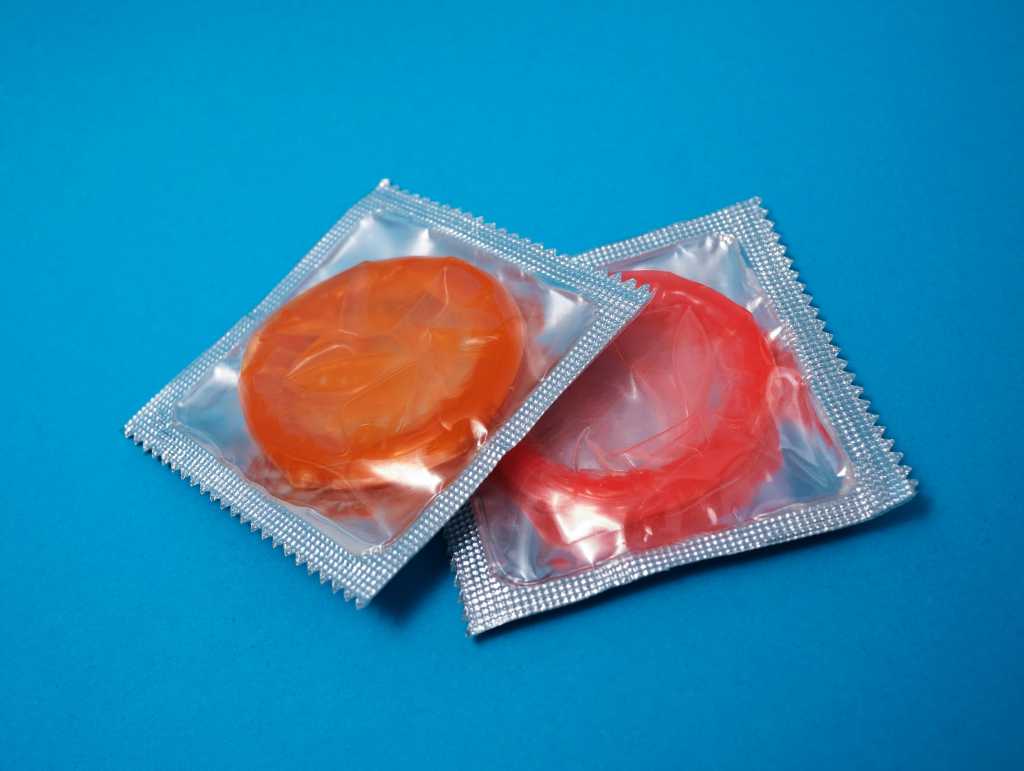A great deal has changed since pre-pandemic life. Among those changes is students’ access to condoms — which will apparently begin in fifth grade.
When they reopen in August, Chicago elementary schools will be stocked with condoms accessible to fifth-graders as part of a new policy approved by the board of education for Chicago Public Schools, according to the Chicago Sun-Times, which described the move as “part of an expanded vision of sexual health education.”
LISTEN TO TODAY’S PODCAST:
The initiative also calls for the availability of menstruation products.
Dr. Kenneth Fox, a pediatrician and the chief health officer for CPS, told the Times that young people “have the right to accurate and clear information to make healthy decisions” and “need access to resources to protect their health and the health of others as they act on those decisions.”
***As the number of voices facing big-tech censorship continues to grow, please sign up for Faithwire’s daily newsletter and download the CBN News app, developed by our parent company, to stay up-to-date with the latest news from a distinctly Christian perspective.***
“Essentially, what we want to do is make condoms available to students for if and when they think they need them,” he explained. “[W]hen you don’t have those protections, and don’t make those resources available, then bad stuff happens to young people. You have elevated risks of sexually transmitted infections — of unintended pregnancies — and that’s very preventable stuff.”
As for why the starting point for the availability of condoms is fifth grade, Fox said the marker was “informed by a developmental understanding of children.”
The veteran pediatrician admitted that not everyone will agree with the decision, but argued society “has changed” over the years.
***As the number of voices facing big-tech censorship continues to grow, please sign up for Faithwire’s daily newsletter and download the CBN News app, developed by our parent company, to stay up-to-date with the latest news from a distinctly Christian perspective.***
One of the parents who strongly disagrees with the decision is Maria Serrano, a mother working with Healing to Action, an organization centered on improving sex education. She argued providing condoms to fifth-graders puts the cart before the horse.
“My question is, ‘Oh my God, how is it that CPS wants to give condoms to kids?'” she told the Times, speaking in Spanish. “They are 10 years old, 11, 12. They are kids. So why is CPS thinking about providing condoms? Why not provide them information, and at the end give them the resource of a condom when they are prepared to use those resources they want to provide. For me, this isn’t the best option. They are doing things backwards.”
Nevertheless, the policy is moving foward.
Elementary schools will receive 250 condoms to start, while high schools — many of which already have condoms available — will receive 1,000. The condoms will be provided to the schools at no cost to them.
School administrators can request more from CPS or the Chicago Department of Public Health.
Scout Bratt, an outreach and education director at the Chicago Women’s Health Center, tried to quell parents’ concerns by saying the “existence of condoms does not mean that all students are going to be using those condoms or encouraged to use them.”
***As the number of voices facing big-tech censorship continues to grow, please sign up for Faithwire’s daily newsletter and download the CBN News app, developed by our parent company, to stay up-to-date with the latest news from a distinctly Christian perspective.***
“The idea is to say we are educational centers, we are community health centers essentially, and we know to invest in young folks’ health and well-being by providing comprehensive sex ed, it means we also need to provide the resources,” Bratt said. “We want students to come to us and to have access to those condoms for free, as opposed to potentially having to find them elsewhere or choose not to use condoms.”
“It is about recognizing that school is investing in young people’s health,” he added, describing the policy as “a harm reduction approach.”



